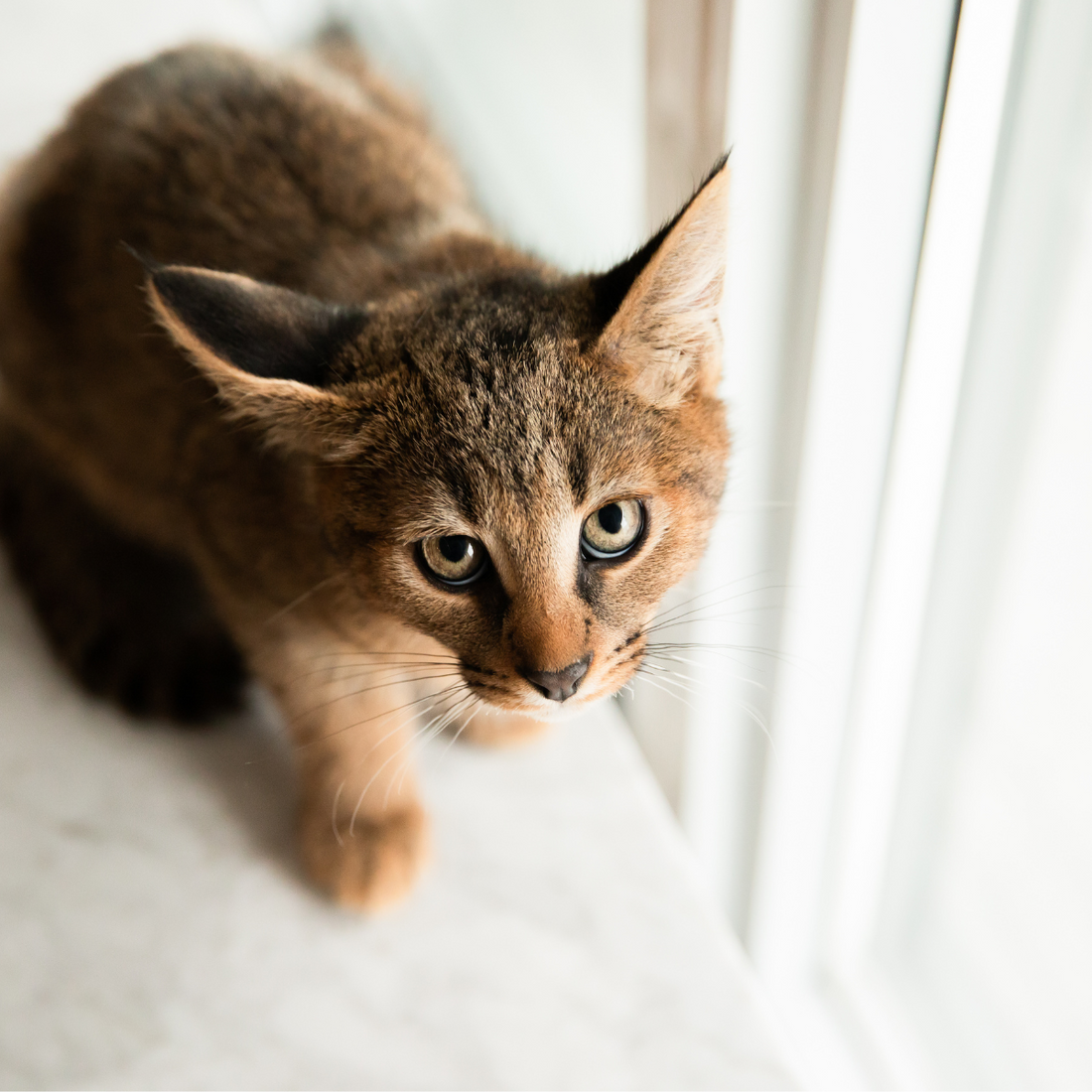Cats can display a range of personalities, from the most confident and adventurous to the most reserved and fearful. Fearful or self-conscious cats pose a particular challenge for their owners, who need to navigate sensitively to help them feel safe. Here are strategies for understanding and approaching cats with these temperaments.
Why a Cat May Be Afraid of Humans
Cats' fear of humans can stem from a variety of factors, including a lack of exposure to different people, animals or environments during their socialization period, past traumatic experiences, or even a natural caution inherited from their mother during the kitten period. However, a crucial element to understand, and one that may come as a surprise, concerns the moment when the cat was first exposed to humans. Research indicates that a cat that has not been in contact with humans until 8 to 10 weeks of age is unlikely to be socialized to the same level as a cat that has had this experience. When it comes to managing fear in a cat, this variable is paramount.
Other reasons for fearing a cat generally have less impact on the methods used to alleviate that fear.
Creating a Safe Environment
Offer hiding places: Fearful cats find comfort in hiding places. Boxes, play tunnels and cat trees with closed compartments are ideal refuges.
Maintain a routine: A regular routine of eating, playing and resting reduces anxiety by providing a stable, predictable environment.
Approaches to Socializing a Fearful Cat
Give the cat a choice: It’s crucial never to force a fearful cat to interact. Gently encourage him to approach with treats, always respecting the distance at which he feels comfortable.
Play: Play is an effective way to build trust. Use toys at a distance to interact without invading its space. If the cat shows interest, you can gradually move the toy closer, then further away again, observing its reaction.
Encourage positive interactions: Repeated, positive interactions with humans and other animals, enhanced by treats and games, will create pleasant associations that will gradually reduce his fear.
Communication and Limits
Learn your cat's body language: Knowing how to identify signs of stress or fear in your cat will help you respect its limits and avoid negative interactions.

Be patient and consistent: Trust is built over time. Patience and consistency are key to helping fearful cats feel more at ease.
When to call a professional
If, despite your best efforts, your cat remains very fearful or shows signs of intense stress, the help of a professional cat educator or veterinary behaviorist may prove beneficial. They will offer tailored advice and, if necessary, medical support to manage your cat's anxiety.
Conclusion
Approaching a cat's fear with gentleness and patience is essential to helping your feline companion overcome his fear. By creating a secure environment and respecting its limits, you can contribute to its well-being and development. Every little step forward is a big victory.
Does the distinction between early socialization and other factors influencing fear of cats seem clearer to you now?
Daniel Filion, Feline Behaviorist.


